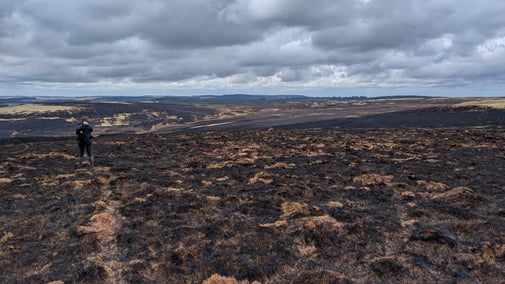

News
Read the latest National Trust news stories and learn about our position on the national and global issues that affect our work.
Top news stories
Weather and Wildlife Review 2025
Climate change presents serious challenges for nature across the UK. Discover how wildlife fared in 2025 and what we're doing to address climate and nature crises.

Hilary McGrady, our Director-General, awarded CBE
Hilary McGrady, our Director-General, has been awarded a CBE for her services to heritage in the King's New Year Honours.

Read our latest news stories
Contact us
If you would like to see any further news stories from our archive please contact the press office.
